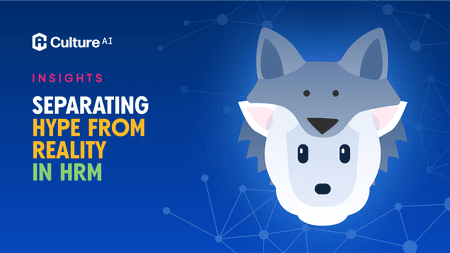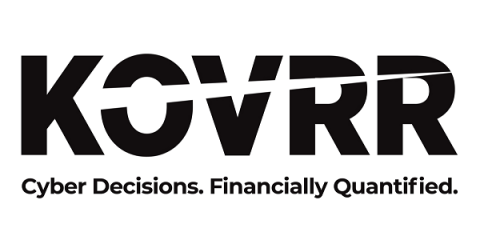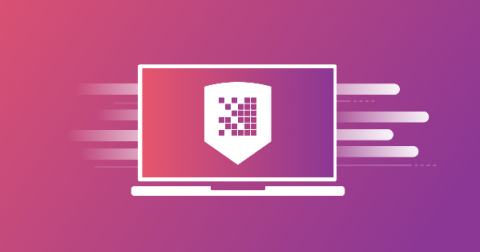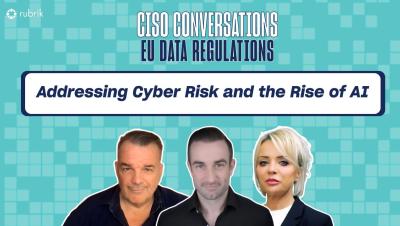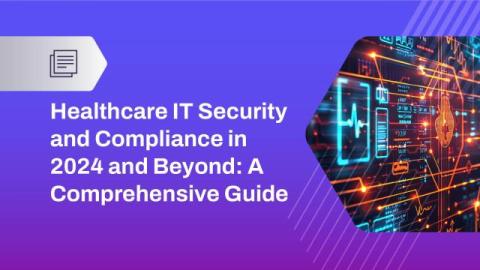Web Application Security for DevOps: Site and Origin Dynamics and Cross-Site Request Forgery
This is a continuation of the series on web application security. If you haven't already read through part 1, this is a good time to go back. If not, let's move on and answer the question left hanging during our last installment: how do browsers know which site set the cookies in the first place? And what constitutes the same site?



